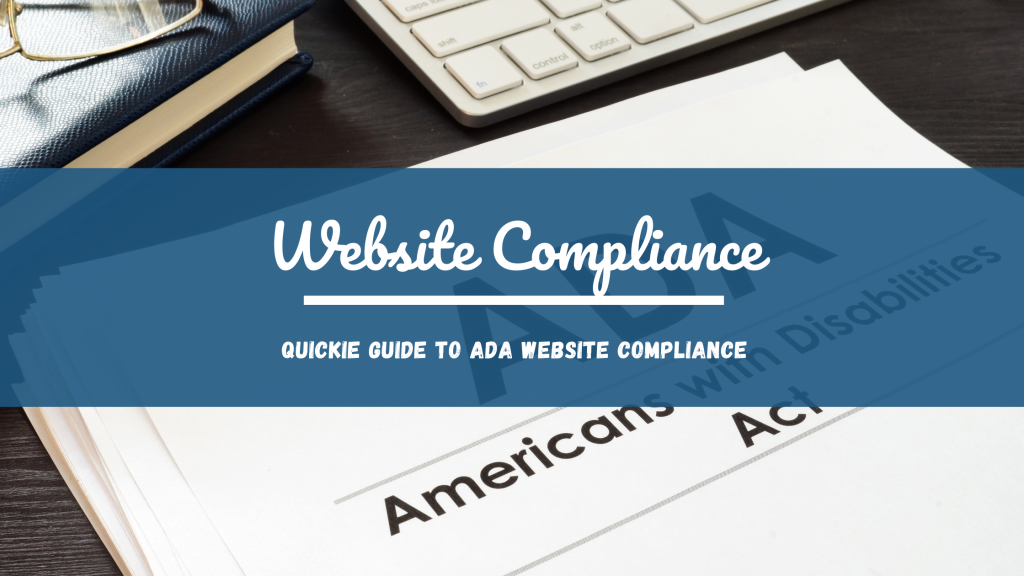
As a business owner, you should cater to the different needs of your sites users by ensuring your website is accessible to everyone. The Americans with Disabilities Act (ADA) requires that web content be accessible to people with disabilities and made easy for them to navigate through your content.
An ADA-compliant website enables you to reach a bigger audience, build brand awareness, establish your business’ reputation, and avoid lawsuits.
In this article I will help you understand what ADA compliance is and what it means for websites. We will also look at the importance of content accessibility for marketers, whether or not your website should be ADA compliant, and provide tips on how to make it accessible to people with disabilities.
Getting Started
The Americans with Disabilities Act was originally passed in 1990. It was created to prevent discrimination against people with disabilities and ensure accessibility to everyone despite their physical limitations. This caused businesses and other public areas to look for ways to make their premises accessible to disabled people. It gave rise to the widespread adoption of wheelchair access ramps, handrails, accessible restroom facilities, and so on.
So, what does this mean for your website? When the Americans with Disabilities Act was first created, it only applied to physical buildings and did not include developing ADA Compliant websites. Later on, the 2010 ADA Standards for Accessible Design which required certain businesses, websites, and apps to make their content accessible to people with impairments was created. Failure to comply would lead to accessibility lawsuits and complaints. So it is a good idea to learn about ADA compliance to determine whether or not it applies to your site, take the necessary steps, and avoid lawsuits.
If your business has a global market and is connected to a physical location with paying clients, make sure it’s accessible to different kinds of people.
If you don’t have a physical location but your website sells certain products or services to customers, accessibility is also mandatory.
It should be your goal to make your site accessible to everyone and give users equal access to all the information they need. Make sure your website provides equal access, meets different needs, and is ADA Compliant.
At this point it is important to point out that designing an ADA Compliant website is not required if your site focuses on sharing informational content, for example, blogging content. However, as a marketer, it is advisable to make your content accessible to different users including disabled persons for higher conversions and to ensure ROI for your marketing efforts.
If you ignore ADA Compliance, you risk lawsuits and paint a bad picture of your brand because if prospects feel you don’t care about serving the disabled, they will take their businesses elsewhere.
So, take the next step to check if your website is accessible.

